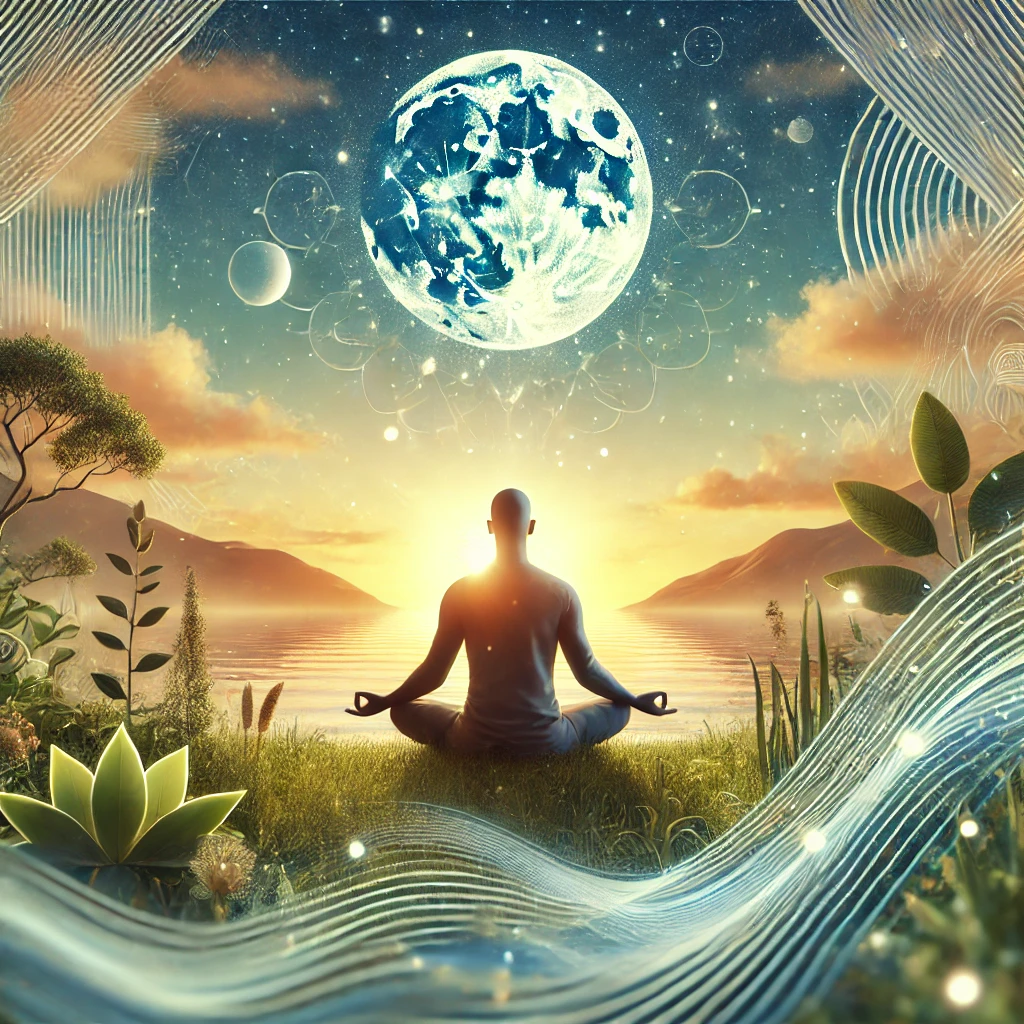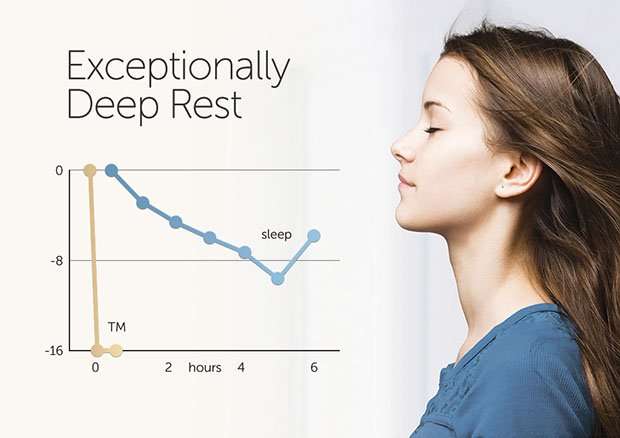“There are moments when one feels free from one’s own identification with human limitations and inadequacies … Life and death flow into one, and there is neither evolution nor destiny; only being.” — Albert Einstein
An ongoing theme in human culture is the possibility of experiencing the true nature of that slippery thing called reality, whether glimpsed momentarily or lived as a continuous state of being.

In psychology, moments of heightened awareness are labeled broadly as “peak experiences.” From philosophical and religious texts to writings by the greatest minds of science, men and women have left countless records of life-changing “awakenings” — experiences that provide incisive clarity and deeper understanding about what it means to be fully human.
Jeanne Ball explored the topic with author Craig Pearson.
*
JEANNE BALL: What is the “supreme awakening”?CRAIG PEARSON: The “supreme awakening” is classically called enlightenment. It’s more than adopting a positive attitude or “being present.” It involves dramatic expansions in how we experience ourselves and the surrounding world, supported by marked shifts in brain functioning.
From the standpoint of the great traditions of enlightenment, it’s the awakening to the limitless ocean of peace, bliss, freedom and power we each have within us — our inmost Self.
Your book cites people throughout history who experienced “higher states of consciousness.” What kind of people?
We have quintessential spiritual figures such as Laozi, Buddha, Christ, Shankara, and Rūmī. Philosophers such as Plato and Plotinus. Saints like Augustine and Teresa of Avila. Literary greats Emily Brontë, Henry Miller, D.H. Lawrence. Athletes like Billie Jean King, Roger Bannister, and Pelé. Iconic figures such as Emerson, Black Elk, Helen Keller, and Vaclav Havel — and for a contemporary example, Eckhart Tolle.
Is there a common thread in how people describe peak experiences or “awakenings”?
One common thread is that people extol these experiences as the most important, valuable, momentous experiences of their lives. As English writer Edward Carpenter observes, “The fact of its having come even once to a man has completely revolutionized his subsequent life and outlook on the world.”
Another thread is that, for all the diversity of time, place and culture, we find people describing the experience in strikingly similar terms — silence, peace, bliss, unboundedness, timelessness, clarity, freedom, unity, wholeness — a sense of coming into contact with “the real reality, the hidden order of things,” as Arthur Koestler puts it. And extraordinary though the experience is, many people describe it as utterly natural — one feels one has “come home.”
What kind of brain functioning upholds heightened states of awareness?
Thanks to recent developments in neuroscience — especially studies on practitioners of the Transcendental Meditation technique — scientists now better understand what using more of the brain’s potential looks like. Research shows that brain functioning becomes increasingly integrated and coherent as consciousness awakens. Imagine an orchestra shifting from tune-up mode to a beautiful, sustained chord. This is similar to what happens in the brain in TM practitioners — researchers consistently record greater communication and harmony among widely separated brain areas.
So growth of enlightenment can be measured scientifically?
It’s an exciting frontier of science. Besides brain functioning, we can measure growth of cognitive development, improved mental and physical health, growth of personality, and self-actualization.
Can you give examples of such experiences in the literature?
Here’s one of my favorites, by William Wordsworth:
… that blessed mood,
In which the burthen of the mystery,
In which the heavy and the weary weight
Of all this unintelligible world,
Is lightened: — that serene and blessed mood,
In which the affections gently lead us on —
Until, the breath of this corporeal frame
And even the motion of our human blood
Almost suspended, we are laid asleep
In body, and become a living soul;
While with an eye made quiet by the power
Of harmony, and the deep power of joy,
We see into the life of things.
Notice how precisely he describes the physiological changes that accompany the experience: He becomes deeply rested, his breath “almost suspended.” Yet he’s not asleep — he’s more wide awake than ever. This is a clear description of the fourth state of consciousness, called “restful alertness” — the hypometabolic state that scientists associate with the TM technique.

Thoreau describes moments when “we become like a still lake of purest crystal.” Tennyson describes a “state of transcendent wonder, associated with absolute clearness of mind.” Emily Dickinson writes of experiencing what she calls “the Colossal substance/Of Immortality.”
Saint Teresa spoke of “an interior peace and quietude full of happiness — and the soul is in such a state that it thinks there is nothing that it lacks.” Thomas Merton wrote that “our soul suddenly awakens us to a new level of awareness,” making our ordinary waking life seem, in comparison, “like sleep.”
People who regularly practice TM can easily relate to such passages.
How would you describe enlightenment in the modern age — why would someone want it?
Growth of enlightenment brings us more of everything positive that we desire — greater happiness and compassion, greater creativity and intelligence, better health, greater peace and balance in life, a more developed personality, warmer relationships, and more outer success.
But enlightenment is more than this. One grows in bliss and freedom, as well as power to fulfill one’s desires and create a better world.
How does your university study enlightenment?
All our students, faculty, staff, and hundreds of people in the community meditate, often together.
When you clearly understand consciousness and how it grows toward enlightenment, you have a new light to shine on academic knowledge, and that makes education deeper and more relevant.
Our students have the option of getting their EEG measured and receiving an annual Brain Integration Progress Report. Neuroscience research has shown that higher brainwave coherence corresponds to higher intelligence, creativity, moral maturity, and GPA.
Is meditation the only way to gain enlightenment?
Many of the people throughout history who’ve described experiences of higher consciousness probably did not have a meditation technique. But for most of these people, the experiences were rare, fleeting and happenstance.
Now enlightenment need not be left to chance. If you have an effective technique of self-exploration — a way to access that deepest level of your own being and unfold it in daily life — the kinds of exalted experiences so inspiring to people like Wordsworth, Emerson or the Buddha can be cultivated by anyone.
WATCH VIDEO: Craig Pearson’s talk on The Supreme Awakening and higher stages of human development
https://www.youtube.com/watch?v=gt4ofv-uahY
Follow Jeanne Ball on Twitter: www.twitter.com/jeanneball













